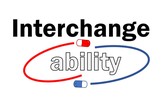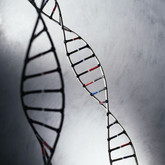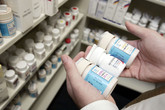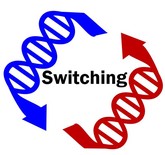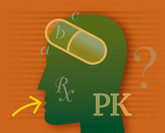Biosimilars/Research
Topline results for Hadlima biosimilar in interchangeability study
Samsung Bioepis and Organon announced topline results from interchangeability study of their Humira biosimilar, SB5/Hadlima, in August 2023.
IBD barriers: an analysis of Latin America
A comprehensive review conducted by Queiroz et al. in 2023 [1] explores the barriers to accessing IBD care throughout Latin America, a large and diverse region used to describe South America, Central America, Mexico and the islands of the Caribbean. Each one of these regions/countries carries a different cultural and historical background, diverse political systems and a distinct healthcare system.
Ophthalmology biosimilars in Canada: a prescriber’s perspective
The first biosimilar entered the Canadian market in 2009 and the first ophthalmic biosimilar was approved in 2022. Now, a report based on the results of a 2022 survey [1], reveals the views of prescribing ophthalmology physicians in Canada on product identification, prescribing biologicals and prescribing biosimilars and switching.
Response to Opinion on: Four steps for streamlining biosimilars development
In the Opinion article, 'Biosimilars drug development: time for a paradigm shift?' published in GaBI Journal, the authors question the need for what they consider to be the arduous regulatory requirements for approval of biosimilars [1]. In response to this article, Dr Robin Thorpe, Deputy Editor-in-Chief of the journal has published a rebuttal [2], providing insightful counterpoints to the concerns raised by the authors.
Four steps for streamlining biosimilars development
The cost of developing biosimilars can be prohibitively expensive. A manuscript published in GaBI Journal entitled 'Biosimilars drug development: time for a paradigm shift?' [1], explores ways in which we can see leaner and faster biosimilar clinical trials, without compromise on safety and efficacy of the drug products.
Biosimilars: US prescriber’s attitudes and perceptions revealed
A report based on the 2021 survey carried out by the Alliance for Safe Biologic Medicines (ASBM) reveals the views of prescribing physicians, regarding the prescribing, substitution and interchangeability of biosimilars [1].
Clinical trial advances for Kashiv and Celltrion
US-based Kashiv Biosciences announced that ADL018, a biosimilar candidate to Xolair (omalizumab), has completed a successful global phase I clinical study in healthy volunteers. In addition, South Korea’s Celltrion announced that it received approval from the US Food and Drug Administration for the phase III investigational new drug (IND) application of its biosimilar CT-P53 for Ocrevus (ocrelizumab), a treatment for multiple sclerosis.
Study investigates success of US ‘skinny label’ approval pathway
Recent court rulings have put the US’ ‘skinny label’ approval pathway at risk. Now, a research letter published in JAMA Internal Medicine [1] has found approval and marketing of skinny label biosimilars have led to billions of dollars in savings to Medicare.
Low switch-back for patients treated with Avsola for IBD
A study has reported low switch-back rates for patients with inflammatory bowel disease (IBD) switched from the reference infliximab product to Amgen’s biosimilar Avsola (infliximab-axxq), ABP 710 [1].
High mannose glycans in biosimilars and their pharmacokinetic impact
A study conducted by Welch J et al. assessed the measurement, evaluation and potential for high mannose glycans to impact the pharmacokinetic (PK) profile of biosimilar monoclonal antibodies (mAbs), based on data submitted in 21 applications reviewed and approved by the US Food and Drug Administration (FDA). They also analysed reproducibility data of the glycan values for a subset of programmes within a reference product class. This reproducibility assessment enabled a broader cross-programme comparison of whether observed differences in high mannose between a proposed biosimilar and its reference product translate into PK differences.
